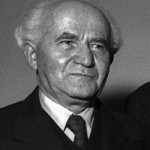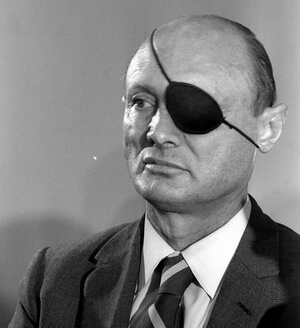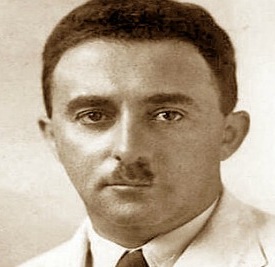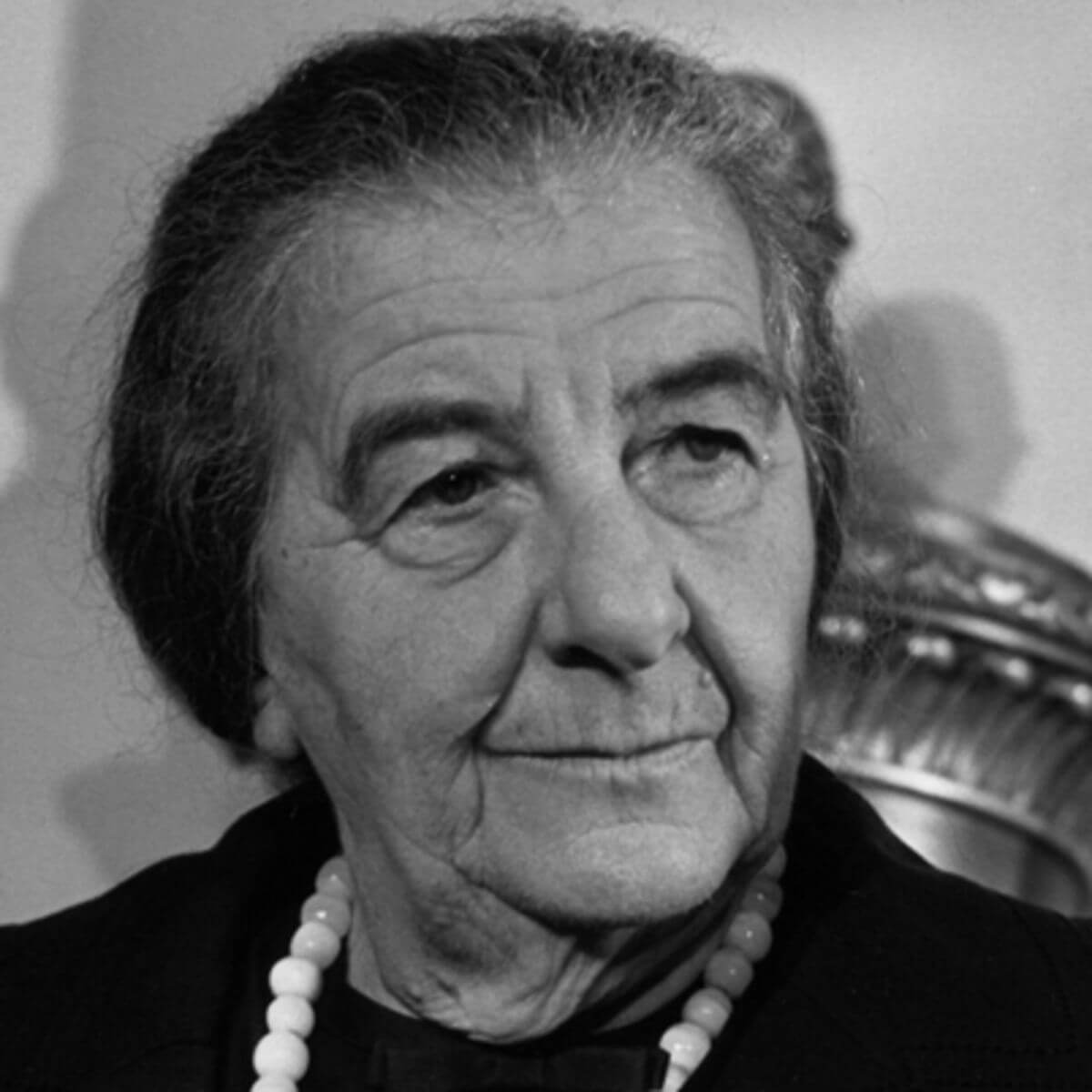At the end of December 1993, Israel and the Holy See signed a “Fundamental Agreement” on the relations between them. In April 1994, the Holy See (generally known as the Vatican) and Israel established full diplomatic relations. This ended a long process of gradual rapprochement that suffered many ups and downs, as relations between Israel and the Catholic Church were burdened with a painful history, fears and mutual suspicion.
27 years after this agreement, which some consider a historic reconciliation between the Jewish people and the Catholic Church, the Israel State Archives presents a publication on its Hebrew website containing nearly a hundred historical documents on Israeli-Vatican relations. Most of them have been specially declassified and are being published for the first time. The publication focuses on 1991-1994, when relations between Israel and the Vatican began to develop rapidly, and the two sides worked to unravel the complex obstacles that stood in their way, until the historic agreement signed in late 1993 and implemented in 1994. In addition, we present an introduction surveying key landmarks in relations between Israel and the Vatican until the early 1990s.
Since 1948, the Israeli Foreign Ministry had sought to strengthen ties with the Holy See because of its powerful influence on the attitudes of many countries with a Catholic majority, and its role as the spiritual leader of the Catholic world with its hundreds of millions of believers. The documents show the efforts made by Israeli representatives to overcome a host of issues affecting Israel and the Holy See, including the historic accusation of the responsibility of the Jews for the death of Jesus, (which was already dealt with in the 1960s by the 2nd Vatican Council and the “Nostra Aetate”declaration); the conflict between Israel and the Arab states and the refugee question; concern for the fate of Christians in the Middle East; the question of the status of Jerusalem and the Christian Holy Places in Israel; the establishment of a Carmelite monastery in Auschwitz in the 1980s and more. They also show the influence of wars, security events and the political processes between Israel and the Arabs. Israel’s efforts involved all political echelons, including prime ministers, presidents, foreign ministers and other diplomats. As mentioned, they bore fruit in the mid-1990s, in an agreement hailed as a new era in relations with the Church.




